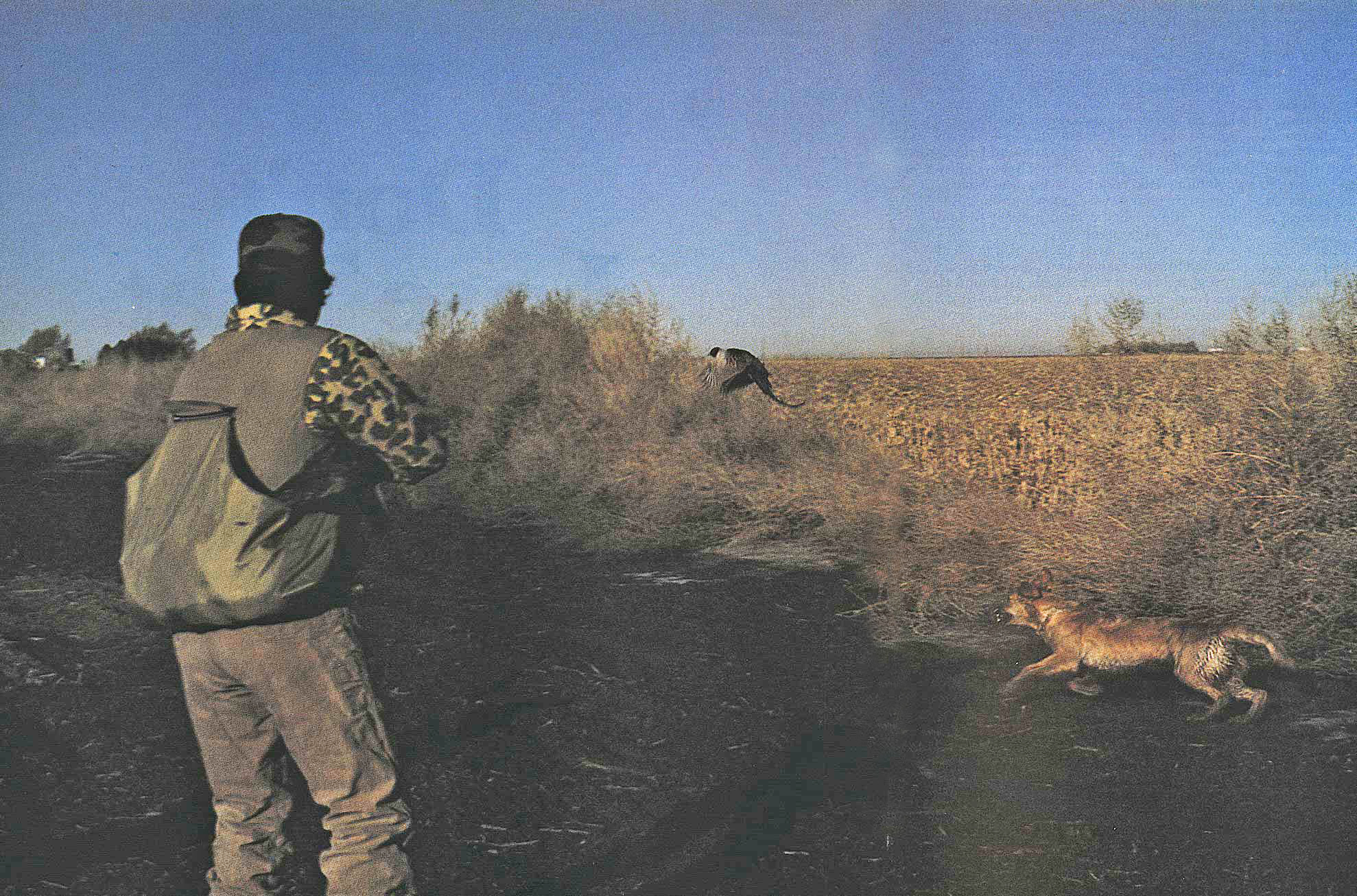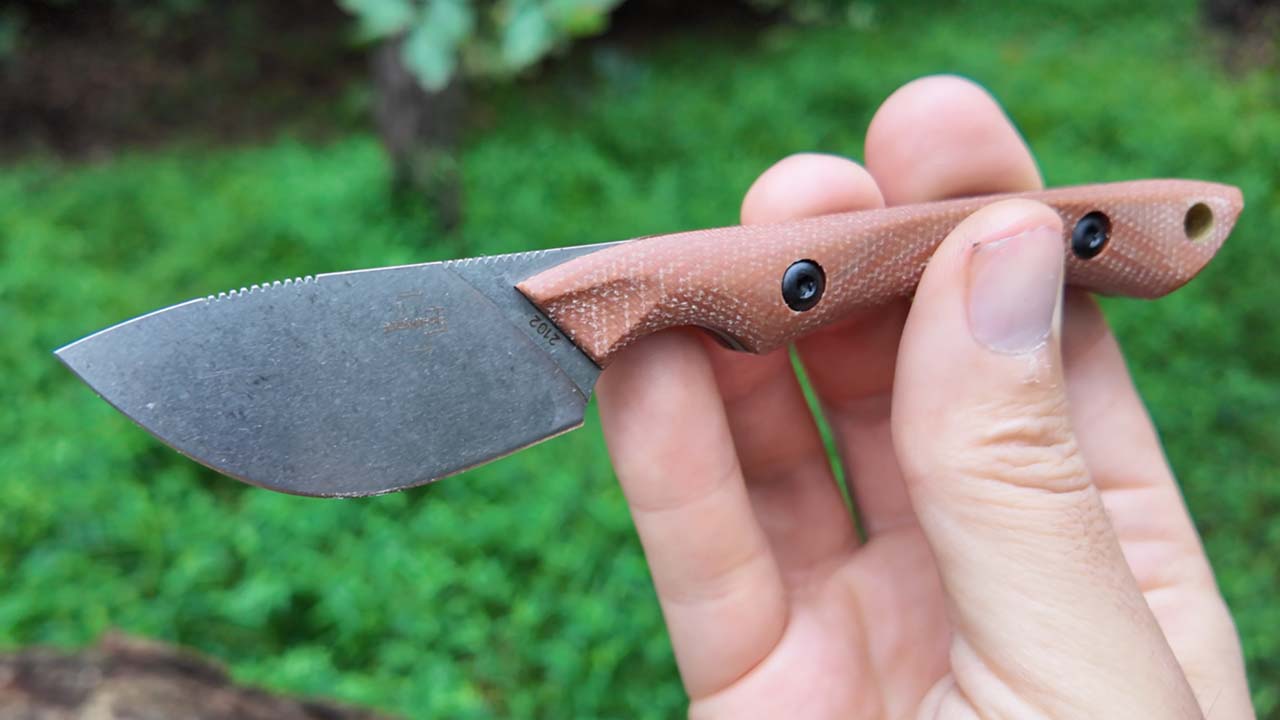The 8 Best Spinning Reels for Bass of 2025
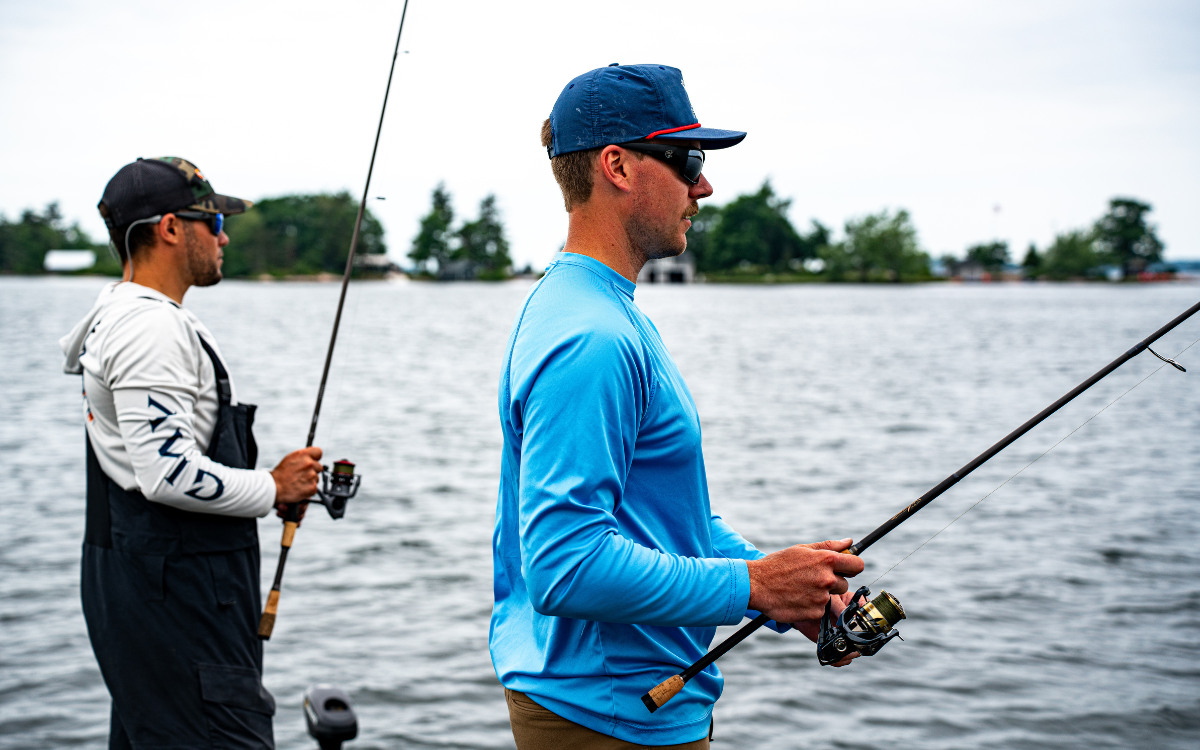
Best Overall
Daiwa Tatula MQ
Best for Long Casts
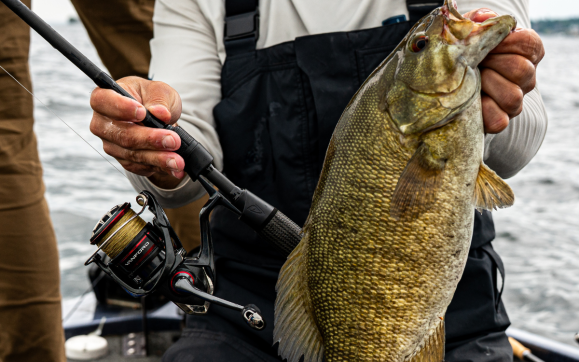
Shimano Vanford VFC4000XGF
Best Value
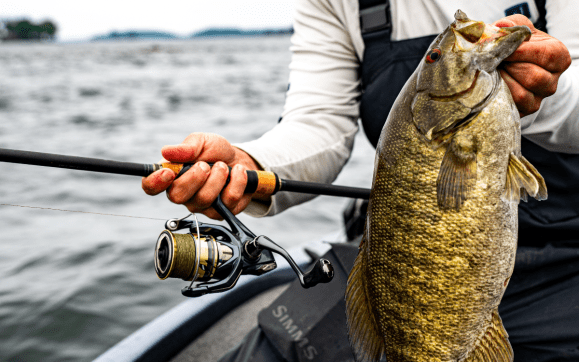
Shimano Ultegra
In recent years, bass anglers have learned to love and even rely on their favorite spinning rods and reels. With the advent of forward-facing sonar and finesse tactics, such as dice baits, on the rise, owning a quality spinning reel for bass, or several, has never been more important.
As a tournament bass angler, I’ve always been a big fan of finesse techniques like dropshots, Ned rigs, wacky rigs, and shaky heads. So, thankfully, I was ready when the shift to spinning rods and reels occurred.
In all of my years spent traveling the country chasing bass, I’ve always found that the best bang for your buck with spinning reels is right around that $200 to $250 mark. While you can certainly luck out with cheaper options, long-term reliability can’t be undersold, and I’ve found this price range is the safest bet.
With that in mind, I took some of my favorite new spinning reels for bass to the St. Lawrence River to chase the biggest, baddest, and meanest smallmouth the country has to offer to find out which reels would stand up to the test. Below, you’ll find a great crop of reels, all of which will help you land the bass of a lifetime.
Best Spinning Reels for Bass: Reviews & Recommendations
Best Overall: Daiwa Tatula MQ LT3000D-CXH
See It
Pros
- Quality components
- Smooth while reeling
- A high-class drag weight
- Solid line capacity
Cons
- End of reel handle is a bit large which can make it tough to grab
-
Price:
$199.99 -
Gear Ratio:
6.2:1 -
Weight:
7.1-Ounces -
Bearings:
8BB + 1RB -
Line Capacity (3000):
130 yards of 10 pound mono -
Drag Weight:
22 pounds
From the second I took this reel out of the box, I knew I was going to enjoy fishing with it. It’s not heavy, it’s smooth as butter when you turn the reel handle, and the drag was incredible under the strain of some heavy St. Lawrence River smallmouth.
Everything about this reel is perfect for bass anglers. It’s compact, but holds plenty of line for long casts, and the reel handle is ergonomic. The one thing I’m not a big fan of is the end of the reel handle, the large grip can be tough to grab at times.
For the price, you should know that you’re getting a spinning reel that will last for years to come. It’s a great option for almost any finesse tactic you can conjure up, including strolling or Damiki rigging using FFS. If I had to start from scratch, I’d highly consider an entire lineup of Tatula MQ LT3000D’s, that’s how much I enjoyed fishing with this reel.
Best Value: Shimano Ultegra 2500HG
See It
Pros
- Quality components
- Smooth while reeling
- A high-class drag weight
- Solid line capacity
- Ergonomic reel handle
Cons
- The tall spool allows line to more easily get under the spool in the case of line twists
-
Price:
$159.99 -
Gear Ratio:
5.8:1 -
Weight:
7.6 ounces -
Bearings:
5BB + 1RB Line -
Capacity (2500):
140 yards of 8 pound mono -
Drag Weight:
20 pounds
The best value award can sometimes come across as a budget pick. That is not the case with the Shimano Ultegra 2500HG though. For just over $150, this reel brings a lot to the table. It’s smooth, compact, has a hefty drag weight, and isn’t too heavy. It is a bit slower when it comes to picking up line, which isn’t always a bad thing depending on which technique you’re fishing.
To be honest, I think I reached for this reel more than I initially realized while I spent my week on the St. Lawrence. It never let me down, no matter the size of the smallmouth I hooked. The drag was a smooth operator and I never lost a single fish during the long and arduous fights that occurred in the heavy currents. The Ultegra 2500HG reminded me a lot of the old-school Stradic Ci4+ that I grew up with, and that’s about the highest praise I could give it. I loved those old reels, and I love the Ultegra 2500HG just as much.
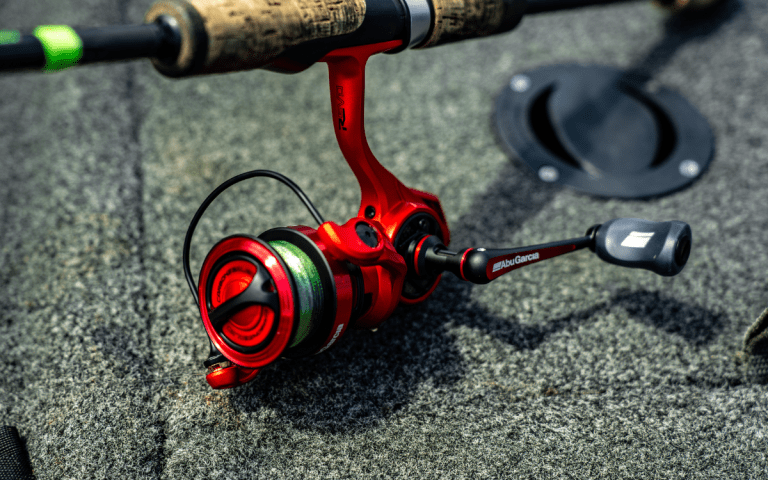
See It
Pros
- Fast gear ratio is great for covering water or getting a bait out of an unproductive area
- Light
Cons
- Fast speed isn’t ideal for all presentations
Key Features
-
Three Models:
SP20, SP30, SP40 -
All models sub-8 ounces -
7.6:
1 gear ratio -
Interchangeable left/right handle -
Nine stainless steel bearings plus one roller bearing -
Asymmetrical body shape -
Aluminum frame -
Oversized gear system
The 7.6:1 gear ratio is a sweet spot for a wide range of techniques. Most of the spinning applications I utilize are presentations where the rod does most of the lure manipulation—dropshots, wacky worms, Ned Rigs. The goal is to get the lure out there into the strike zone, see if there’s a willing taker, and then get it back in for another cast. Obviously, in that case faster is better. When I fished with OL’s gear editor, Scott Einsmann, I had a bedding bass swipe at a soft plastic stick bait and mess up the rig. I got it back into the boat quickly, rerigged, and had the lure back in the sweet spot while the bass was still hot and bothered. Would I have been able to do that with a 6.2:1 reel? Possibly, but there’s no guarantee. The additional speed is a time-saver.
Obviously, it helps even more when you have a lot of line out, like dropshotting in 40 feet of water or making long casts with a shakey head on gently sloping points. If you’re making a lot of casts in a day, the cumulative savings should produce more fish over the course of a year—it’s not always discernible how many, but the savings exists. Furthermore, when a hard-charging fish comes directly at the boat, it enables the angler to make up ground quickly and keep the line taut, which prevents lost fish.
I’ve found that the fastest baitcasting reels—those in the 8:1 to 10:1 range—are simply too speedy for moving baits like spinnerbaits or crankbaits. But, 7.6:1 is still in a sweet spot where it can be used for those techniques. Just be careful not to overwork them. I’d be likely to use something slower in the cold weather months, when fish tend to be more lethargic.
With all of that speed, historically something has to give, usually cranking power or drag efficiency, but I winched decent-sized bass out from the deepest depths of boathouses, around pilings, and through brush without any slippage. Despite being light, this reel feels solid. Abu didn’t cut corners—the bail opens and closes securely, the handle has no wobble, and the spool oscillates cleanly on the retrieve.
Read the full Abu Garcia Revo Rocket Spinning Reel Review to learn more.
Best Lightweight: Shimano Vanford 2500HG
See It
Pros
- Quality components
- Smooth while reeling
- The most lightweight reel in the test
- A high-class drag weight
- Solid line capacity
Cons
- The tall spool allows line to more easily get under the spool in the case of line twists
Key Features
-
Price:
$249.99 -
Gear Ratio:
6.0:1 -
Weight:
6.3 ounces -
Bearings:
7BB + 1RB -
Line Capacity:
200 yards of 10 pound mono -
Drag Weight:
20 pounds
When it comes to fishing an 8-hour tournament day, lightweight gear can make or break the day. The Shimano Vanford 2500HG is the perfect choice for a lightweight reel that still gives you a heavy drag and unmatched performance. You can fish with this reel all day without wearing yourself out, and you’ll cast easy knowing the reel won’t let you down once you set the hook.
The Vanford 2500HG also offers a smooth casting experience while still launching your bait further than you’d expect. The only negative I found with this reel was that the tall spool allowed for the line to get under the spool and jam whenever I ran into line twist while vertically jigging. While it’s an easy fix, it’s worth noting. As a final thought, the Shimano Vanford 2500HG truly impressed me with the smoothness of its drag while fighting a variety of different species throughout the spring. It’s certainly worth the money if you’re looking for a lightweight powerhouse reel to put on your favorite spinning rod.
Daiwa Ballistic MQ LT 2500D
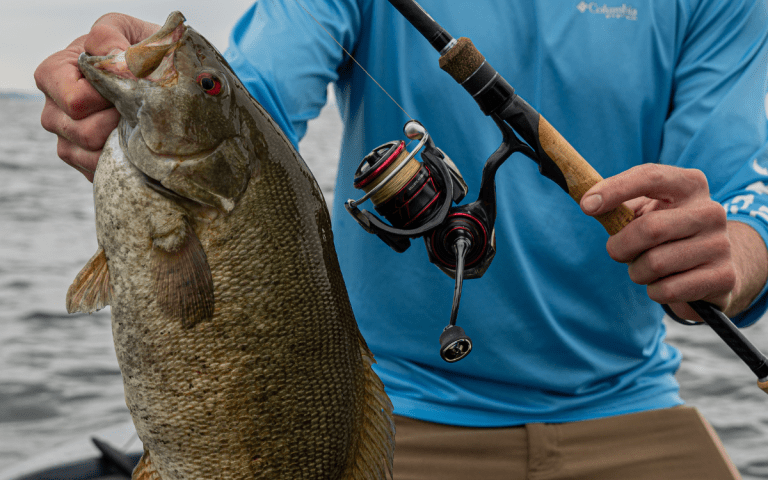
See It
Pros
- Incredibly smooth while reeling
- Castability
- A drag weight heavy enough to battle even the largest bass
Cons
- The gear ratio is a bit lower than other options, meaning a slower retrieve on the water
Key Features
-
Price:
$229.99 -
Gear Ratio:
5.2:1 -
Weight:
6.9 ounces -
Bearings:
2CRBB + 6BB + 1RB -
Line Capacity:
210 yards of 10 pound mono -
Drag Weight:
22 pounds
Throughout the spring of battling largemouth, smallmouth, lake trout, and even a 25-pound freshwater striped bass, the high-quality drag never showed the slightest sign of slipping or failing. The quality of this reel can be felt with each turn of the handle, which fits perfectly in your hand with a well-thought-out handle design.
Coming in at just below 7 ounces, you don’t have to worry about the weight of your reel wearing you down throughout a long day on the water. A final piece worth noting with this phenomenal reel is the castability. The first time I reared back and fired out a ¼-ounce swimbait head with a 3.8-inch soft plastic swimbait on the back, I was stunned at just how far along the bluff wall it went. It was almost like I was long lining the bait, but in reality, I had simply cast it out there.
Abu Garcia Zata SP 2500
See It
Pros
- Quality components
- Smooth while reeling
- Easy to adjust drag
- Solid line capacity
Cons
- Lowest drag weight in the test
-
Price:
$219.95 -
Gear Ratio:
6.2:1 -
Weight:
8.1 ounces -
Bearings:
10SS + 1RB -
Line Capacity (2500):
130 yards of 8 pound mono -
Drag Weight:
14 pounds
The Abu Garcia Zata SP 2500 surprised me during my testing. I truly value a smooth reeling experience, and the Zata delivered on that in a big way. The reel handle is incredibly ergonomic, and while it’s a bit heavy, the reel still feels compact and comfortable in your hand. It handled every smallmouth I threw at it, and it even was responsible for landing the biggest smallie of the trip, a 5-pound, 13–ounce giant.
One thing I’d love to see with this reel is a heavier max drag weight. Coming in at just 14 pounds, you’d be hard pressed to land any accidental bycatch like a muskie, or even a freshwater striper. While that may not seem like a big deal, when you accidentally hook a massive fish like that, we can all agree that it sucks to break them off. Since most bass anglers are using lighter and lighter lines, the drag a spinning reel has to offer is becoming increasingly more important. Aside from that one gripe, the Abu Garcia Zata was a pleasure to fish with, and as far as the smallmouth were concerned, it was a worthy adversary to their angry, hard fighting ways.
Shimano Stradic C3000XG
See It
Pros
- Quality components
- Smooth while reeling
- A high-class drag weight
- High line capacity
Cons
- End of reel handle is a bit large which can make it tough to grab
Key Features
-
Price:
$219.99 -
Gear Ratio:
6.4:1 -
Weight:
7.9 ounces -
Bearings:
6BB + 1RB -
Line Capacity:
8/170 (Test/Yard) -
Drag Weight:
20 pounds
The Shimano Stradic C3000XG is another phenomenal option in that $200 to $250 price range. Like I mentioned before, one of my favorite reels ever was the Shimano Stradic Ci4+, and the Stradic C3000XG is close enough for me.
While it’s heavier than the popular Vanford, it still feels great in your hand. It’s smooth, the drag allows the line to rip off in a pure, unaltered manner, and it’s easy to use. While I’m not a giant fan of the large reel handle, that’s about the only issue I could find with this reel. I’d be happy to have several more for my technique specific rods like dropshots, tubes, and even hair jigs. The Stradic C3000XG really is a great reel from plenty of your favorite spinning tactics.
Best for $600: Daiwa Certate LT
See It
Pros
- Durable
- Elite-level smoothness
- Packed with technology like a hollow bail that snaps closed with little effort
- Excellent drag
- Picks up a lot of line with each reel handle turn
Cons
- A little on the heavy side
Key Features
-
Sizes:
3000 (tested), 2500, 4000, 5000 -
Gear Ratios:
6:2:1 or 5:2:1 -
Weight:
7.9 ounces (3000 XH). Also available in a compact body 3000 size, which weighs 7.4 ounces -
3000 size capacity:
120 yards of 8-pound monofilament and 220 yards of 8-pound braid -
22 pounds of drag (2500 and 3000) and 26.4 pounds of drag (4000 and 5000) -
Solid-body construction -
11 bearings -
Price:
$600
The Daiwa Certate reel is expensive, but not as expensive as an Exist or Shimano Stella. If you’re contemplating the Certate, you’re certainly at least considering spending the extra $200 to $300 to get one of the two best spinning reels for bass. So, should you just go for it or save some money to put toward a rod worthy of the reel attached to it? Or you might be looking at the Shimano Twinpower, which is similar in specs and around $100 cheaper.
Those were the exact dilemmas I had when I was putting together my one and only spinning setup. I wanted top-tier performance and versatility for the times when I’m desperate enough to grab a spinning rod. I also wanted a reel that would stand up to years of abuse.
The Certate has provided me with the uninterrupted fishing experience I hoped for. I’ve never had to feel gears turning, deal with wind knots, or even the hint of a sticky drag. That allows me to focus on feeling bites, working baits, and fighting fish. My Certate 300 XH balances well on my Megabass Windbuster, a fairly light 7-foot 2-inch rod.
You might also be looking at the Shimano Twinpower, which is at a price similar to the Certate. That is a really tight race because both reels are excellent. The Certate is a little lighter, has one more bearing, and feels smoother to me. But, it’s splitting hairs when you compare them side by side. If the Certate is at the upper end of your budget, go for the Twinpower and save some money for gas or baits. If you can comfortably afford the Certate, I think it has more refinements you’ll enjoy as you fish it.
I honestly could have bought a Tatula or Vanford and been fine with my spinning reel choice. But, a nice spinning reel is so much fun to fish that I’m glad I caved in a moment of weakness and bought one. I don’t think I’m quite ready to jump to a Stella or Exist, but if I was a serious smallmouth angler or dialed in on FFS, I’d probably jump the Certate and go straight for one of the two top dogs. — Scott Einsmann, gear editor
Things to Consider Before Buying the Best Spinning Reels for Bass
Drag
While some anglers continue to backreel or don’t ever find themselves in situations where a smooth drag is necessary, if you’re going to battle decent-sized fish on light tackle, you want clean and even slippage. It’s critical that the clutch start up without resistance and remain consistently smooth during the fight, especially in inclement weather. The most expensive reels typically have silky smooth drag systems, but it’s the mid-range and lower reels where there’s the greatest level of variation.
Spool Size and Line Capacity
While you’ll rarely get down to your spool knot when fighting a bass, a spool that’s too small typically won’t cast as far, because the loops coming off of it are smaller. That’s especially true if you’re using a heavier-diameter line. The line should flow off the spool with a minimum of resistance.
Weight
The premier reels of yesteryear are still functional, but they feel like anchors compared to the lightweight and more feature-laded models that dominate the shelves today. It’s now possible to retain rigidity and add features in a package that weighs less than your previous favorites. That should reduce fatigue over a long fishing day or trip. Often the best spinning rods don’t weigh much so you need a light reel to balance it because an unbalanced setup throws off your casting action or accuracy.
Read Next: The Best Bass Fishing Tips
FAQs
Most bass fishing techniques can best be accomplished with a spinning reel in the 2500 or 3000 size. That provides the best match of overall combo balance with line capacity. However, as reels get lighter, it may be possible to use a larger reel – in which the loops come off the spool in greater diameter – without any corresponding loss of balance.
Most spinning reels have gear ratios in the 5:1 to 6:1 range, and while faster speeds certainly excel for many techniques, these are more than adequate for most presentations you will make with spinning tackle. Remember that the number of inches of line picked up per revolution of the handle can be just as important as the gear ratio itself.
There’s no reason not to use a spinning reel for bass in any circumstances. Anglers who are most comfortable with this style reel can use it across the board. However, spinning reels particularly excel in light line, finesse techniques, and throwing lines lighter than 10-pound test. Because the line comes off the reel freely, they also excel for vertical techniques like dropshotting and shakey heads, where any “pendulum” action or resistance can be a huge negative.
Read Next: The Best Jerkbait Rods
Final Thoughts on the Best Spinning Reels for Bass
Some of the best bass lures should be fished on a spinning reel. If you want to take advantage of these highly effective techniques, choose the best spinning reels for bass that suits your budget and need.
Read the full article here




